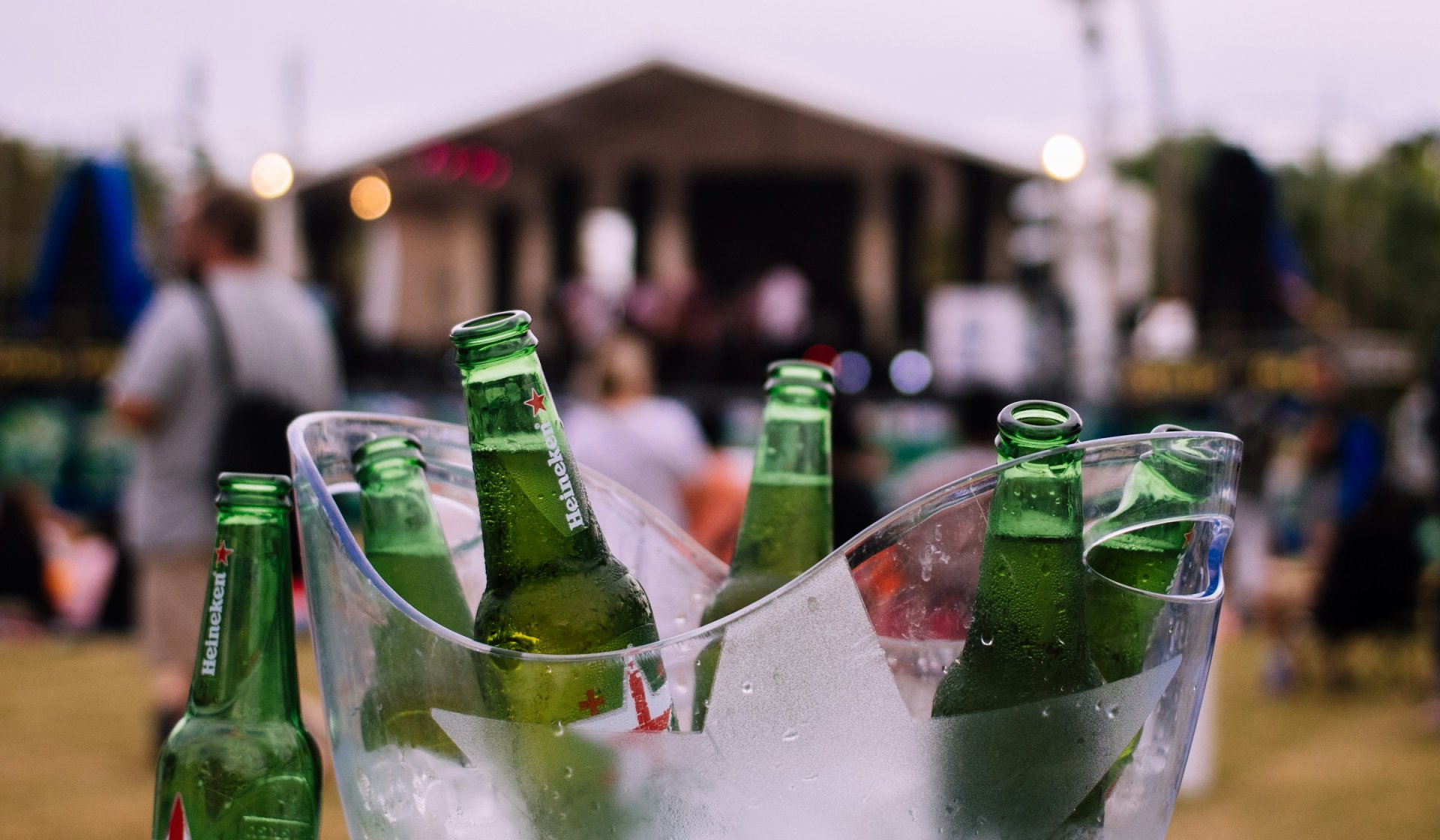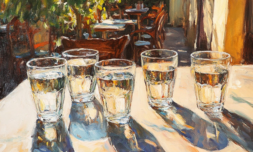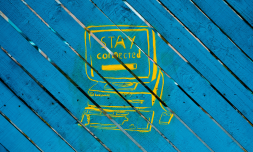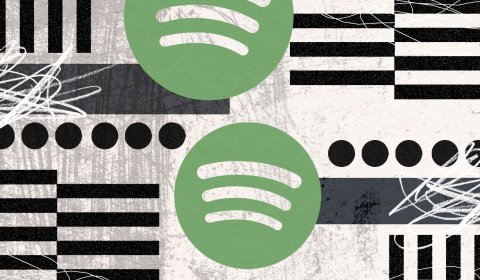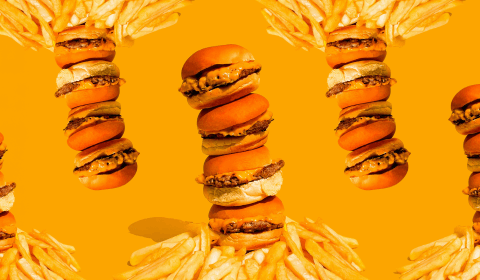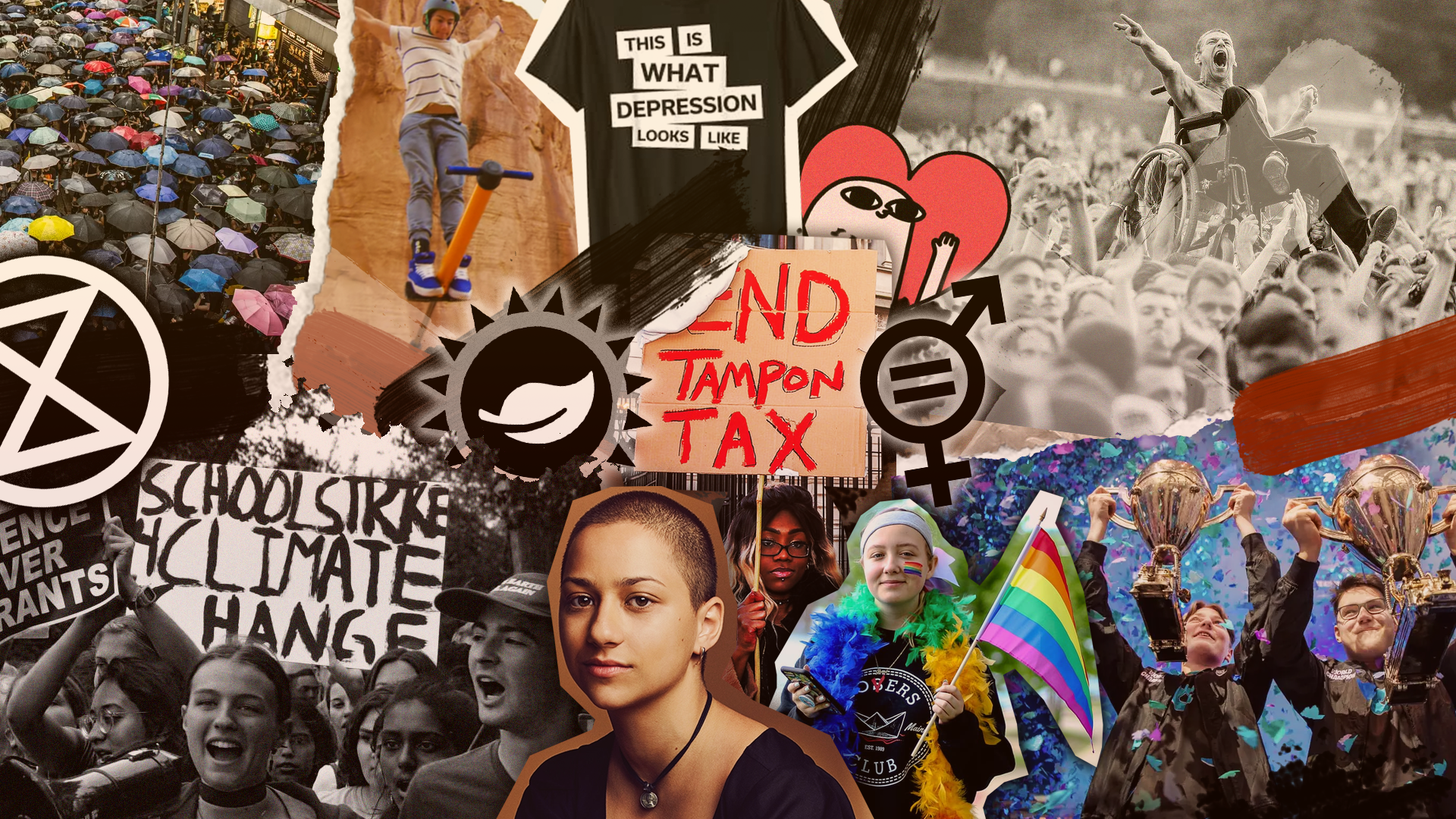The rise of sober-curiosity amongst Gen Z is well documented, but are companies doing enough to cater for the shift?
Since the pandemic, reports of sobriety amongst young people have been growing. In January almost half of Britain’s youth were said to be giving up alcohol altogether.
Polling by YouGov found that around 45% of young brits were opting for low-alcohol or non-alcoholic alternatives when drinking socially, with Portman Group chief executive Matt Lambert saying the findings were ‘welcome […] evidence of how [non-alcoholic alternatives] are an important tool to help UK drinkers, particularly younger adults, to drink responsibly.’
And yet, despite this shift, the availability of non-alcoholic beverages isn’t as pervasive as one might think. Lambert said at the time of the report, which was carried out in January of last year, that ‘the availability of alcohol alternatives has never been more abundant,’ but individual experiences tell a very different story.
This week, Millie Gooch – founder of the Sober Girl Society – lamented the lack of non-alcoholic options at Capital’s Summertime Ball, calling out the economic and social consequences of excluding sober consumers.
‘We saw multiple security guards dealing with issues caused by excessive drinking,’ Gooch wrote on Linkedin. ‘The link between alcohol and disruption at events is well known. Yet nothing is really done to offer alternatives.’
Despite major alcohol suppliers offering 0% products, these often aren’t readily available at music events and other major organisations, leaving sober individuals to choose from water or generic soft drinks.
‘Then there is the fact that many of the big alcohol sponsors, like the Koppaberg bar, already have alcohol-free products in their range. But none of them were available yesterday. So the brands get to say they support mindful drinking in their marketing while still promoting booze-only experiences in real life.’
Gooch also pointed out that by excluding such a large (and growing) portion of the population, companies are only doing themselves a detriment – not just in the sense of contradicting their public stance, but in a financial sense, too.
‘Wembley made about £6 out of me. The cost of two waters. I would have gladly spent more if there was a decent alcohol-free beer or cocktail.’
Gooch’s words echo a recent piece by the Royal Society of Chemistry, calling out the ways organisations can do more to include sober customers.
‘Despite [the] increase in demand [for non-alcoholic drinks], the events industry has been slow to make alcohol-free options for delegates both as enticing and exciting as their alcoholic counterparts.’
‘Needing to drive home after an event, wanting to opt for a healthier option, medication, wanting to keep a clear head… Whatever the reason for wanting alcohol-free drink options at events, it needs to be catered for.’









